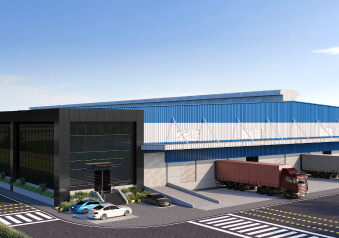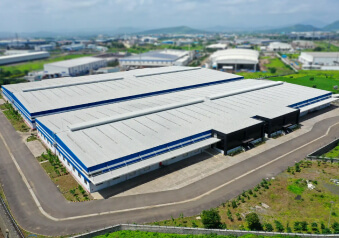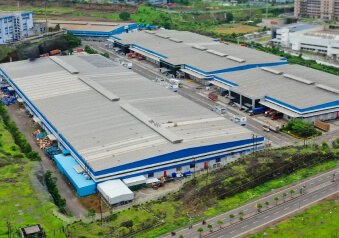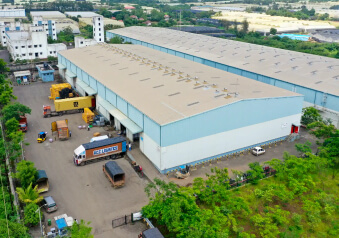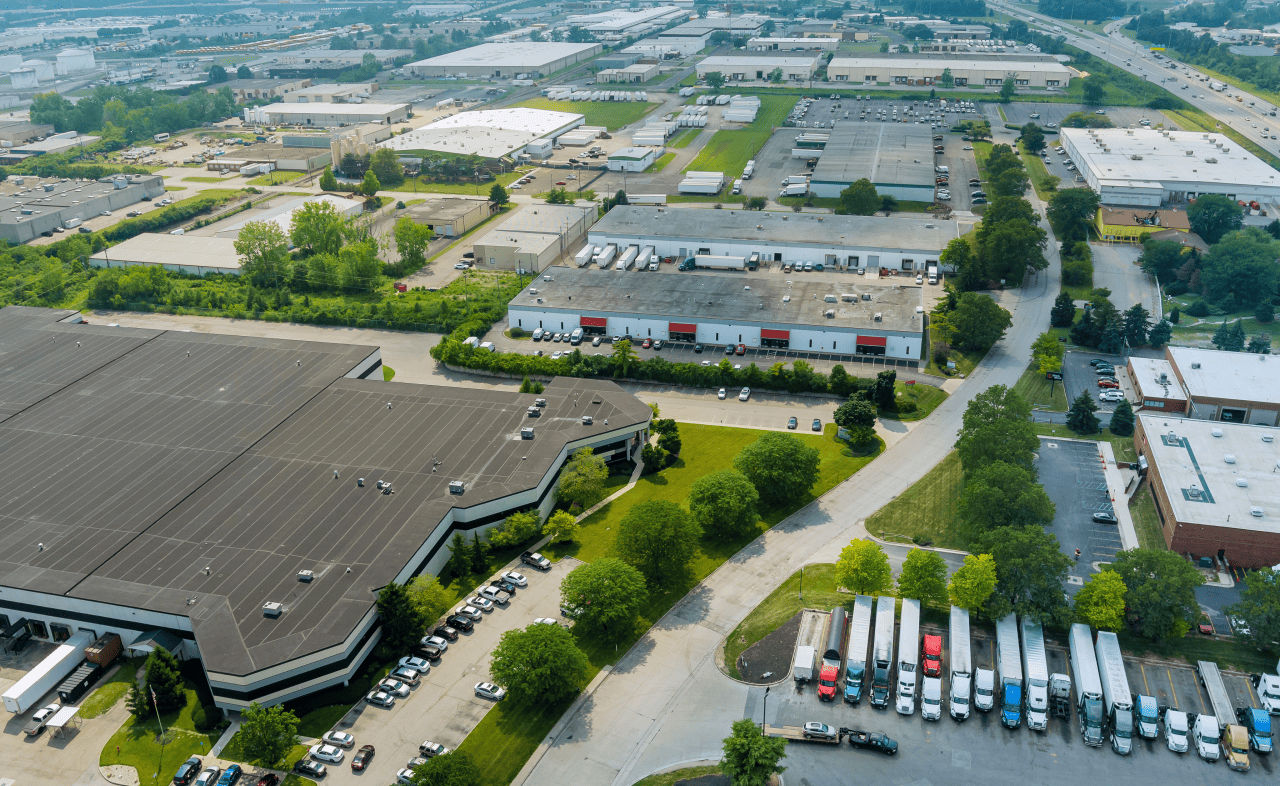The e-commerce industry’s rapid growth has brought an increasing demand for warehousing solutions. As companies strive to optimize their supply chains, the choice of warehouse grade becomes crucial. This article will explore the key differences between Grade A and Stantard warehouses and their implications for e-commerce businesses.
Infrastructure & Construction Quality
- Grade A Warehouses: These facilities are the pinnacle of modern warehousing, built to international standards. They boast high ceilings suitable for modern racking systems and are equipped to handle heavy machinery. Their construction quality is top-notch, ensuring durability and longevity.
- Standard Warehouses: Often older, these warehouses might need more of the refinements of their Grade A counterparts. They serve the purpose but may need to be optimized for the latest warehousing practices.
Location
-
- Grade A: These warehouses are strategically located and ensure quick access to major transport routes, urban centres, and other logistical hubs.
- Standard: These might be situated farther from key areas, potentially leading to longer transportation times and increased costs.
Facilities & Amenities
-
- Grade A: With state-of-the-art facilities, these warehouses might offer temperature control, advanced fire safety systems, and efficient loading docks. They also consider the well-being of workers with amenities like canteens.
- Standard: While functional, they might lack some advanced facilities, making them less versatile for diverse storage needs.
Technology Integration
-
- Grade A: Seamlessly integrated with modern tech solutions, these warehouses offer advanced inventory management and security systems.
- Standard: They might serve basic storage needs but could lag in technological integration.
Maintenance & Upkeep
-
- Grade A: Regular maintenance ensures these warehouses remain in optimal condition, safeguarding goods and ensuring smooth operations.
- Standard: The level of upkeep might vary, potentially leading to wear and tear over time.
Implications for E-commerce
For e-commerce businesses, the choice of warehouse can impact efficiency, costs, scalability, reputation, and the ability to cater to specialized storage needs. While Grade A warehouses come with a higher price tag, their advantages, especially in terms of efficiency and scalability, can significantly outweigh the costs for growing e-commerce businesses.
As the e-commerce industry continues to evolve, the choice of warehousing solutions will play a pivotal role in determining operational efficiency, customer satisfaction, and overall growth. Whether opting for Grade A or a standard warehouse, businesses must weigh their specific needs, budgets, and growth projections to make an informed decision.
Join hands with KSH INFRA and make an informed, sustainable choice for your e-commerce warehousing needs!
